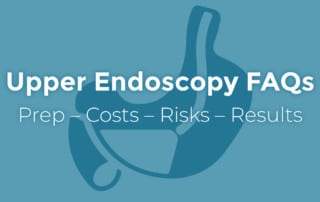GI Bleeding: Know the Signs
Gastrointestinal (GI) bleeding is a potentially life-threatening symptom of a GI condition. It causes more than half a million hospitalizations in the United States annually and has a mortality rate of 5%-10%.
But many cases can be safely treated on an outpatient basis without medical complications. While the cause of GI bleeding is typically not serious, it’s important to recognize the signs and respond accordingly.
This article will discuss the types of GI bleeding and the symptoms you should be aware of. We’ll also highlight the common conditions that can cause GI bleeding. Lastly, this article will outline when you should see a doctor and how GI bleeding is diagnosed. Keep reading to learn more about GI



